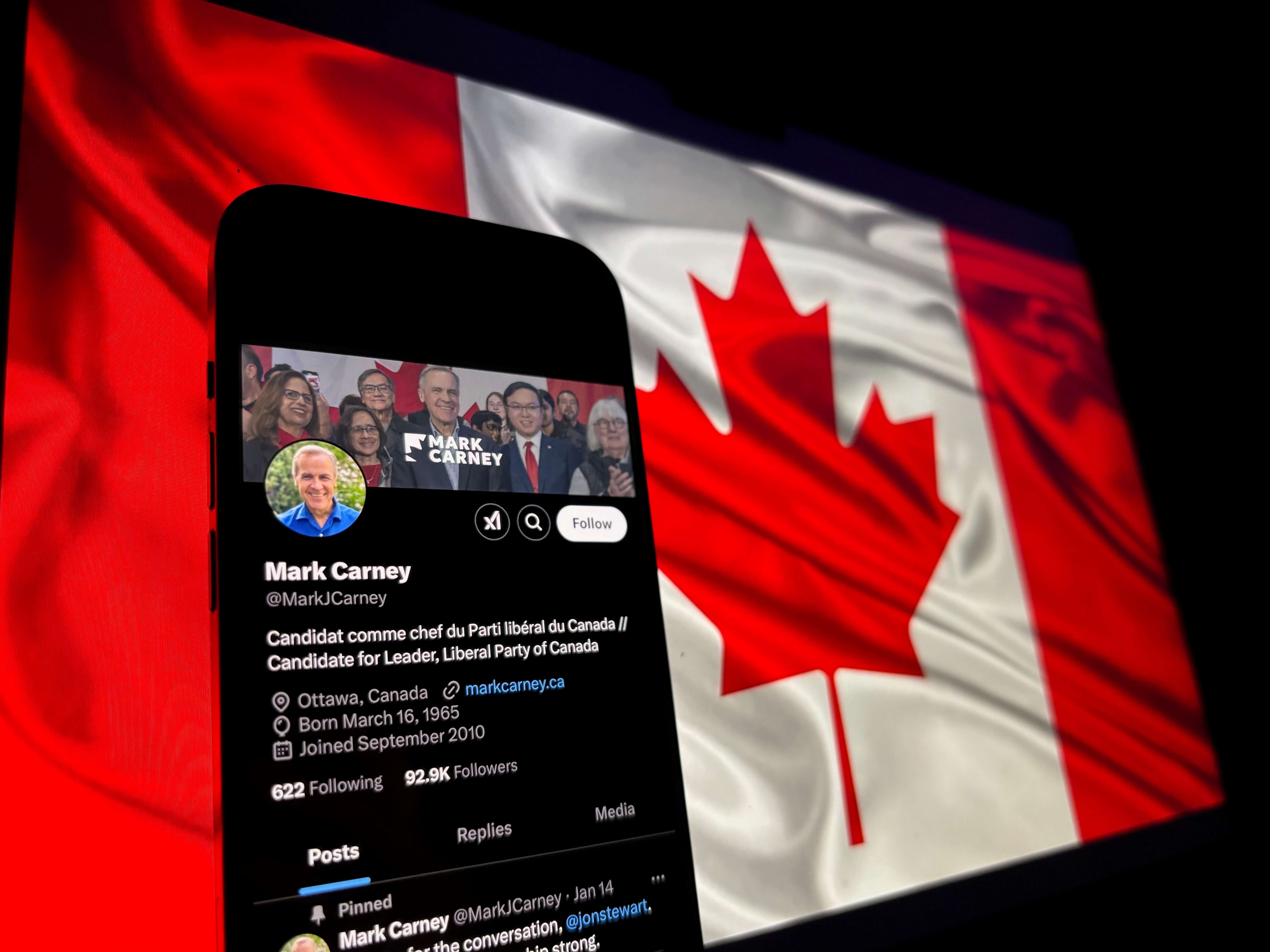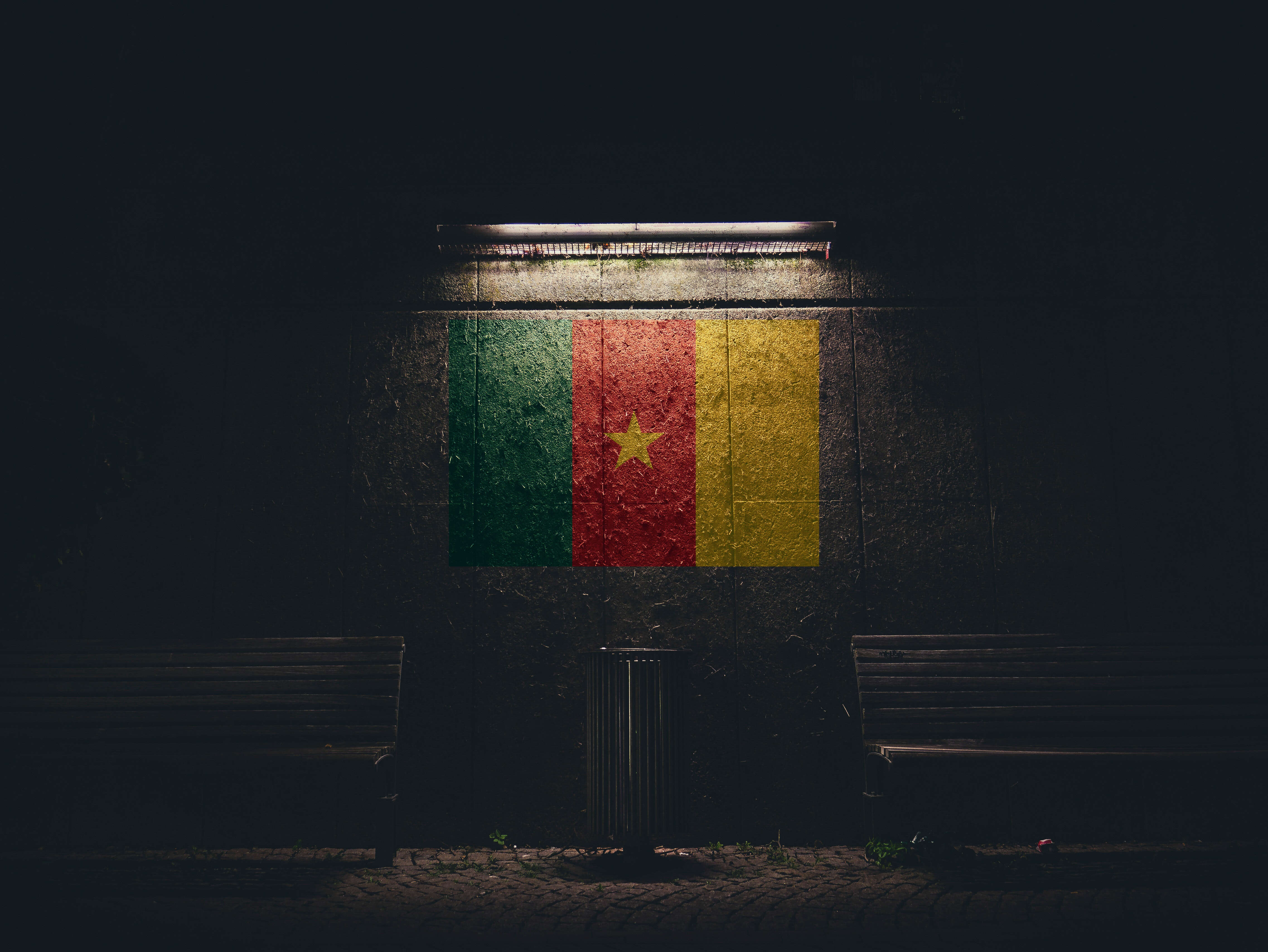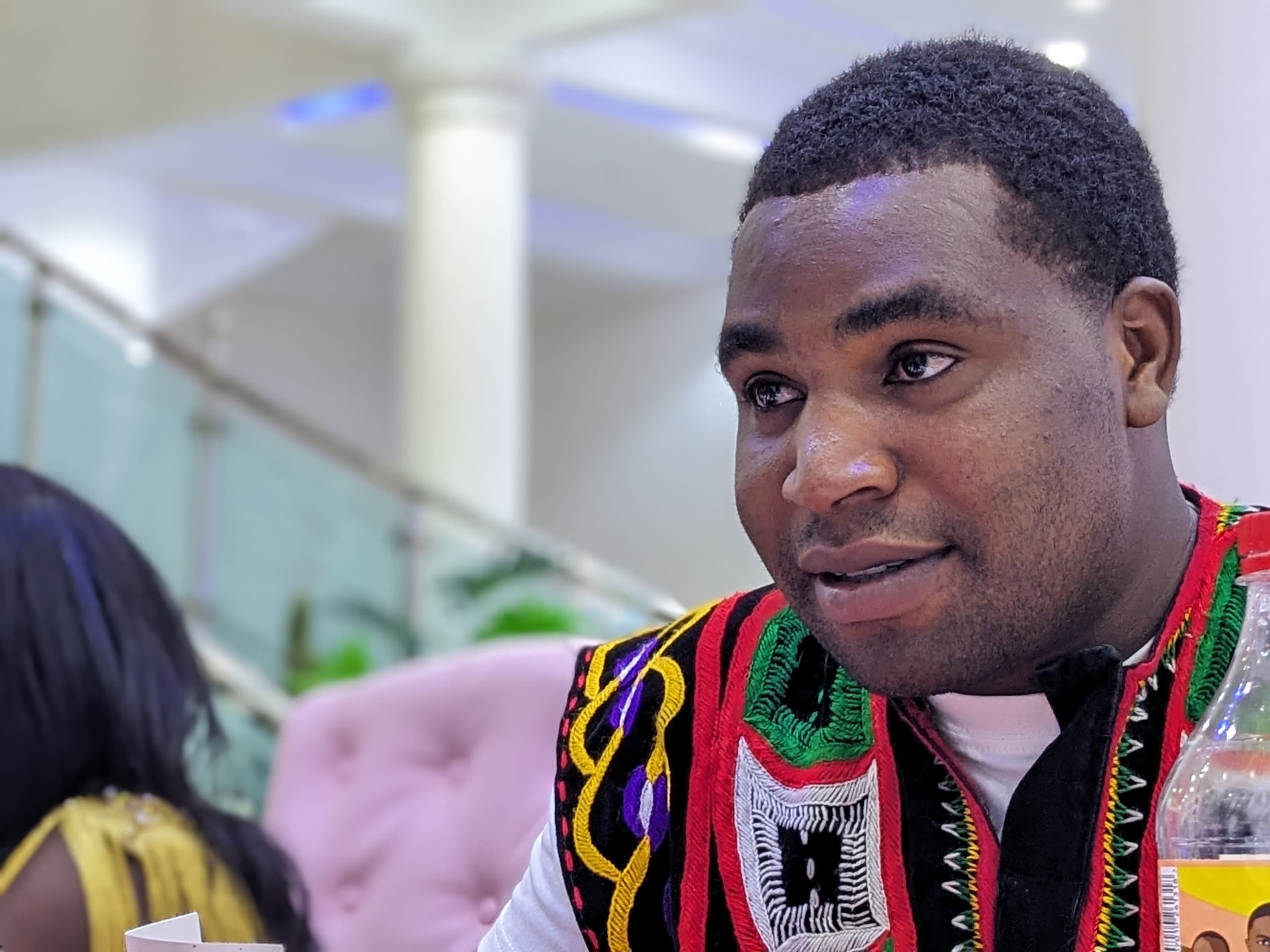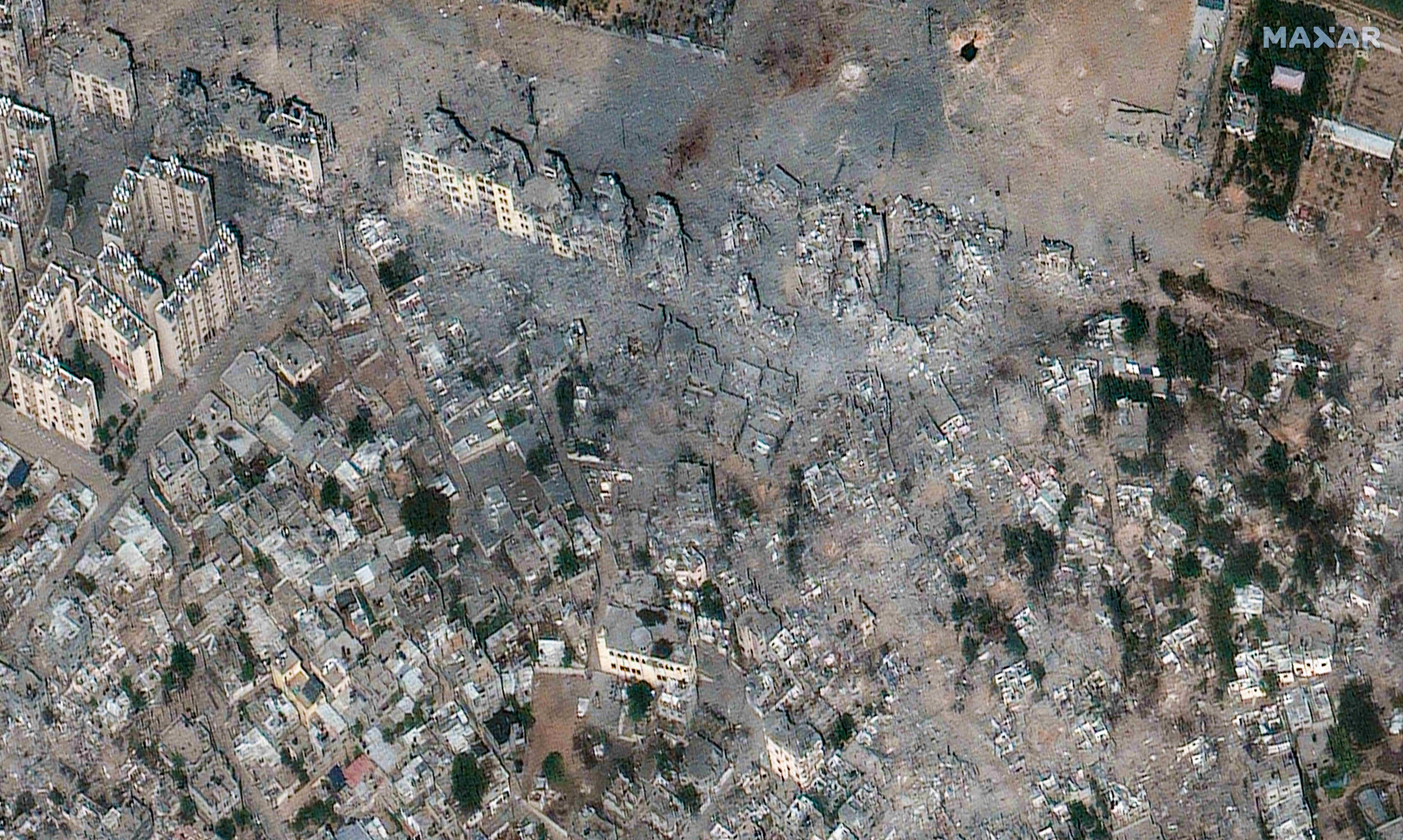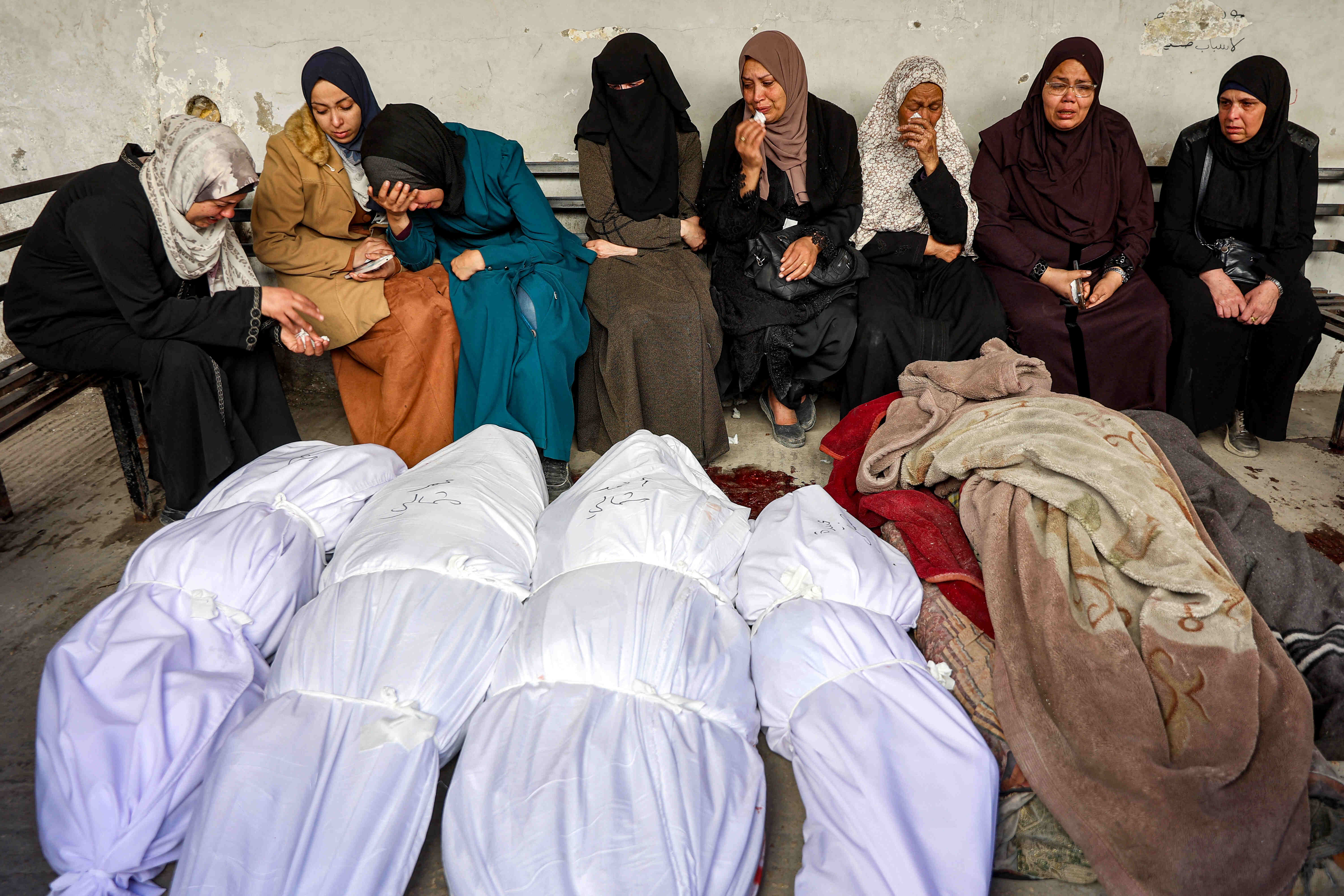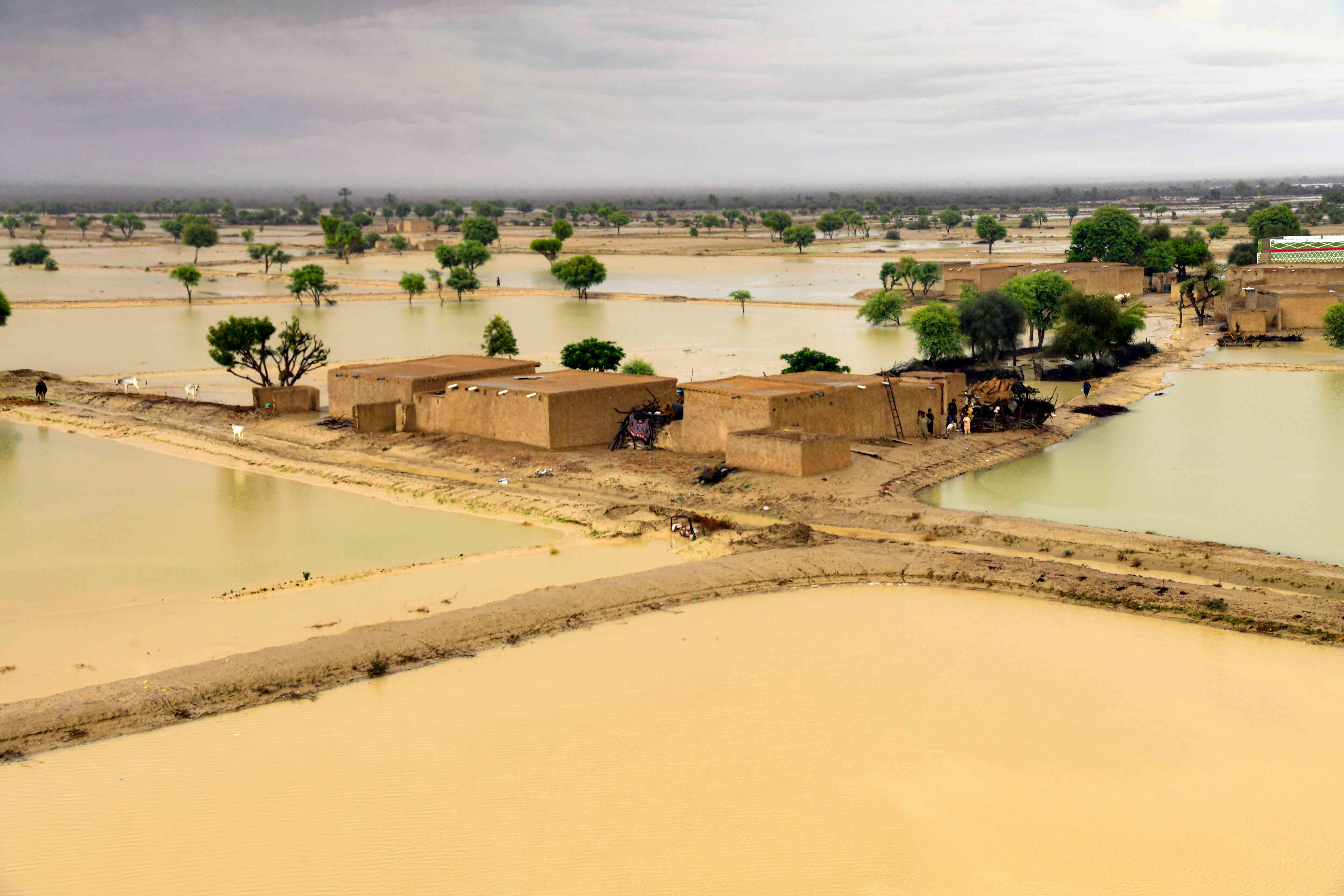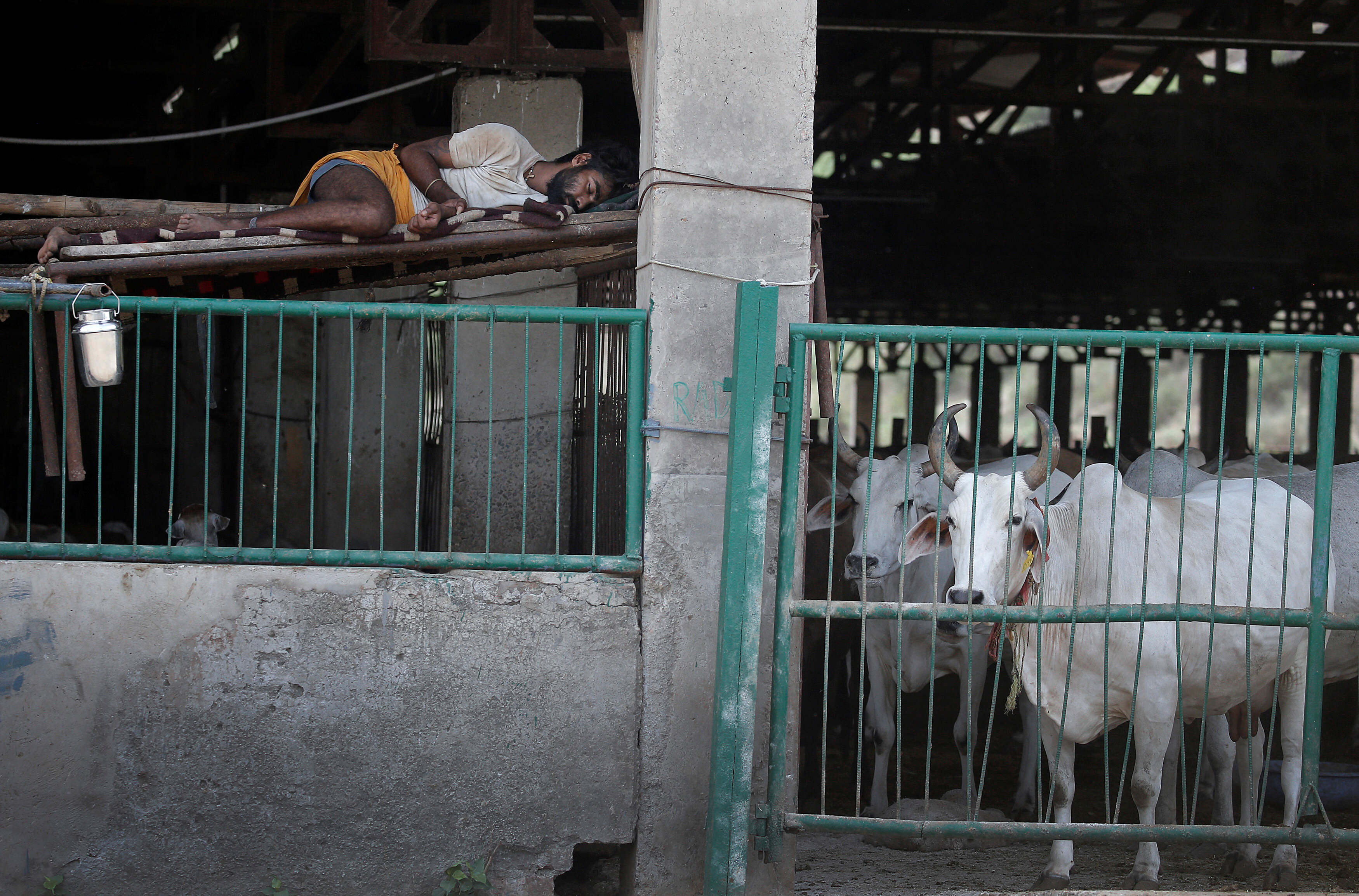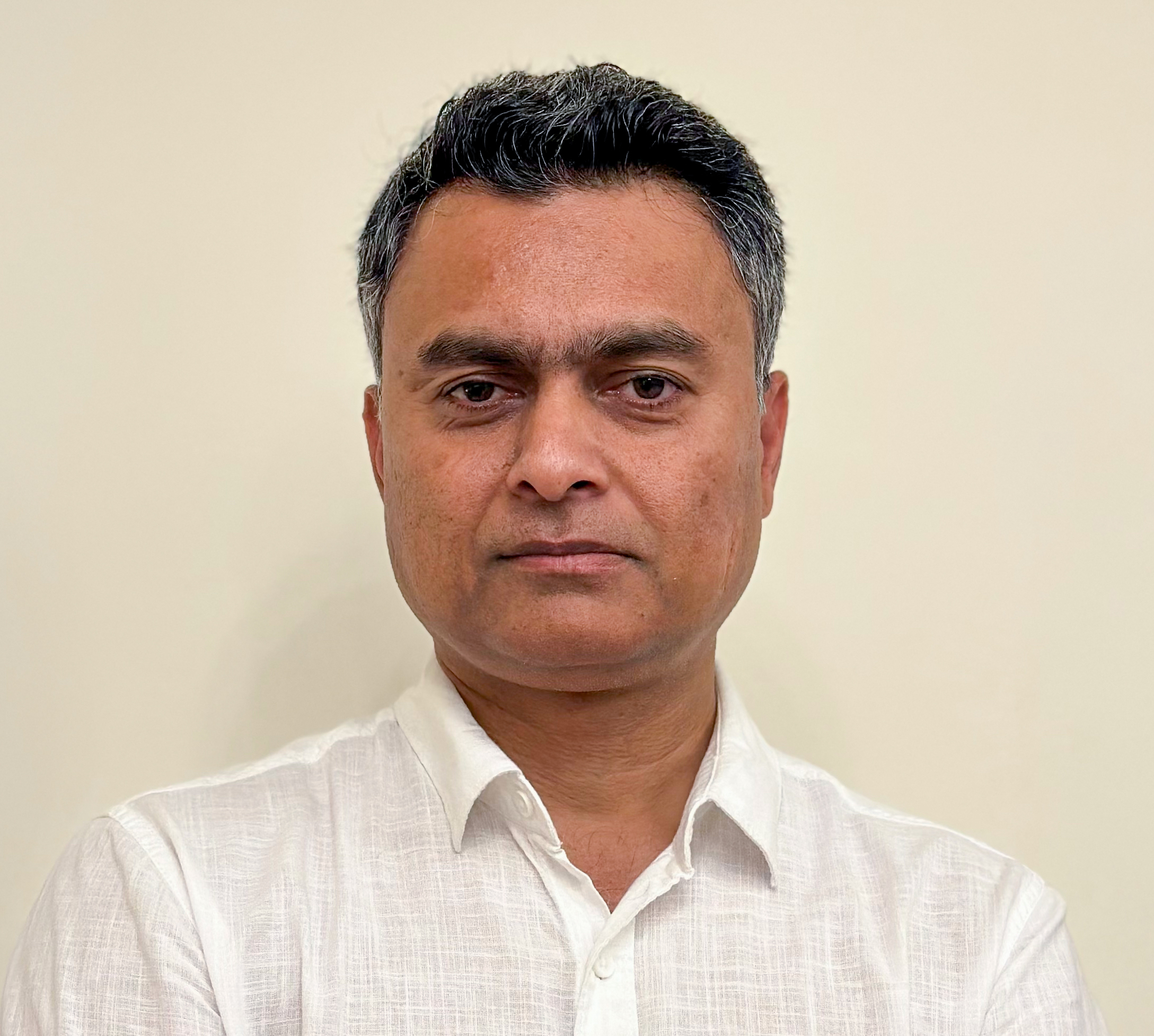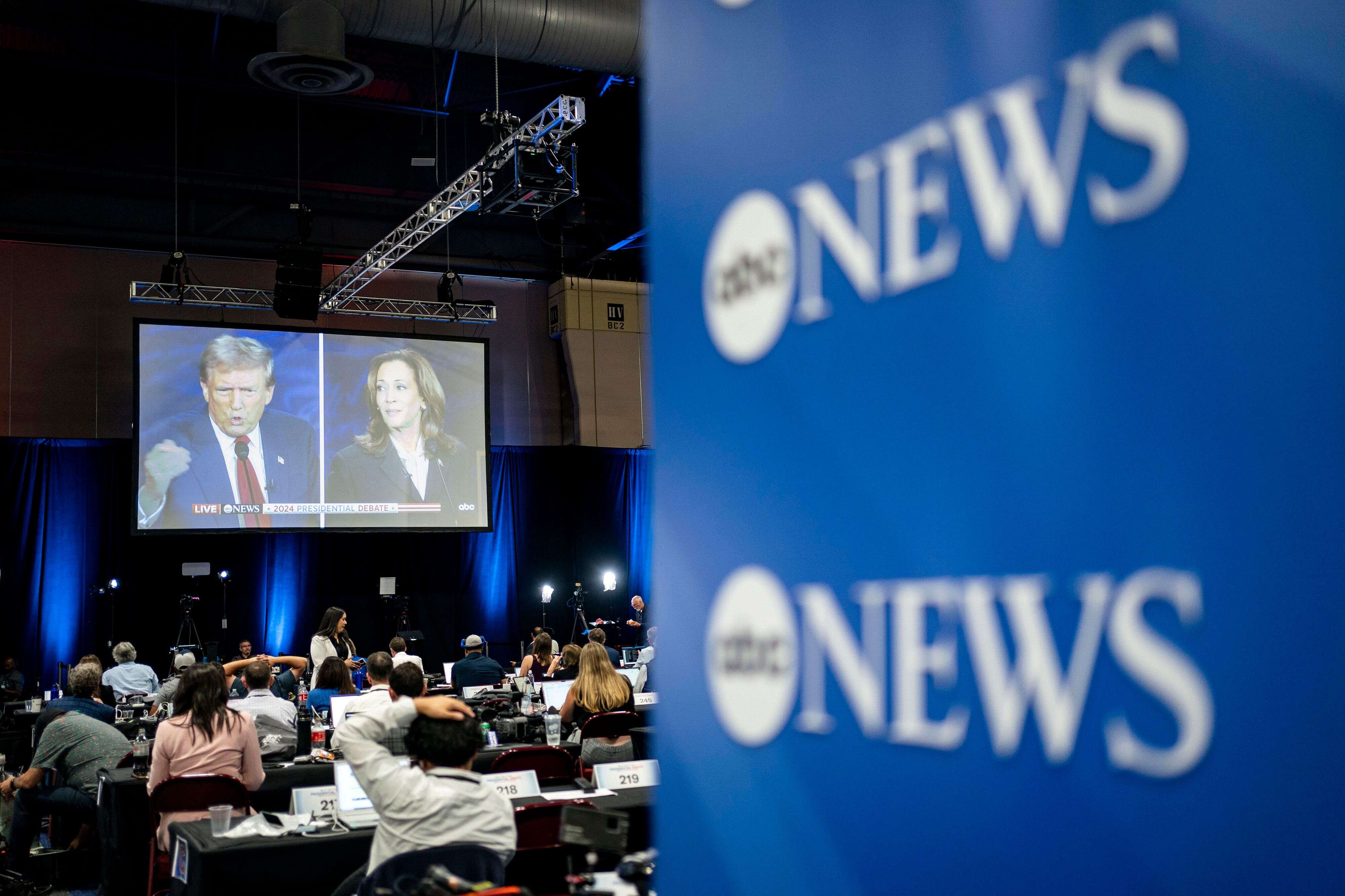ليس هناك أصعب من الكتابة في المواضيع الإشكاليّة التي تتعدّد مقارباتها العلميّة وتختلف الاستخدامات الخاصّة بالمفاهيم التي تحكمها، ومسالك التفكير التي تدرسها.
الجمهور، هو أحد هذه المواضيع الإشكاليّة التي لم يستطع مفهومه أن يحظى بإجماع الباحثين في شتى العلوم. والواقع، أنّ هناك مساحة من التداخل الموضوعي والمنهجي (إن لم نقلْ التباساً) بين مفهومَي "الجمهور" و"الرأي العامّ"؛ وقد حاول علماء السياسة والاجتماع والإعلام حسم هذا الالتباس، من خلال تمييزهم، بين: الإطار العامّ للجمهور باعتباره يضمّ الغالبيّة الصامتة، فضلاً عن الأقليّة النشطة المشاركة في صنع الأحداث والقادرة على التعبير عن آرائها، وبين الإطار الخاصّ الذي يضمّ الأفراد المشاركين في صنع الرأي العامّ، أي أولئك الذين يجمعهم الإدراك المشترك بوحدة مصالحهم، وتُحرِّكهم الآراء والمواقف المشتركة. وفي محاولة لضبط تعريفه نقول، إنّ الجمهور بناءٌ اجتماعي يتشكّل حول "أمرٍ ما" (حدث، قضيّة، مبدأ، عقيدة، اهتمام، موقف، سلوك، هدف...إلخ)، وتتأثّر العلاقات التي تنشأ بين مكوّناته بمتغيّراتٍ وتناقضاتٍ عديدة. قد يكون الجمهور متحرّكاً أو ثابتاً، صغيراً أو كبيراً، محدوداً بمكان أو مترامي الأطراف، مباشراً أو غير مباشر، مرئيّاً أو متوارياً، عامّاً أو خاصّاً، مفترَضاً أو فعليّاً، واقعيّاً أو افتراضيّاً، متعرِّضاً أو فعّالاً... إلخ. ما يعنينا من كلّ ما سبق هو الجمهور الذي تتمّ "دعوته" إلى مجموعة من التشكيلات الإعلاميّة التي يطمح مُنتِجو محتواها ومُرسِلوه إلى كسب رضاه وثقته وتأييده لضمان النجاح والاستمراريّة (1).
المحتوى الصحفي وتأثيره على الجمهور
للعمليّة الاتصاليّة الجماهيريّة خاصّيّتان تجعلانها عمليّة متشابكة وشائكة، ولو أنّها تُعتبَر عمليّة منظَّمة. تكمن الخاصّيّة الأولى، في كون الاتصال الجماهيري يسلك اتجاهاً واحداً نحو الجمهور، ولا تتحقّق فيه التغذية المرتدّة (feedback) إلا بنسبةٍ تكاد لا تُذكَر (من هنا كانت الحاجة لـ"دراسات جمهور وسائل الإعلام" في محاولةٍ لسدّ هذه الثغرة). أمّا الخاصّيّة الثانية، فهي أن الجمهور ضخم وغير متجانس (التركيب) ومتباين الاتجاهات والمستويات ومشتّت في الزمان والمكان ولا يعرف بعضُه بعضاً؛ والأهمّ، أنّه جمهورٌ لا يعرفه المُرسِل ولا يمكن له، بالتالي، أن يتوقّع مدى قابليّته لاستقبال المحتوى الذي يرسله إليه، أو كيفيّة تعاطيه مع هذا المحتوى أو حجم تأثّره به. فصانع المحتوى، في وسائل الإعلام، يُطلق رسائله في الأثير كمَن يُطلق الرصاص العشوائي فلا يعرف مَن يصيب. أي إنّه لا يستطيع التكهّن، بمَن سيقرأه أو سيسمعه أو سيشاهده، وهذه مسألة في غاية الأهميّة والدقّة إنْ لم نقلْ "الخطورة" وتطرح تحدّياً أمام الصحفي لاختيار ما يجب أو لا يجب أن يضمّن محتوى موادّه (2).
يحدّد الصحفيون إمكانيّة قبول الجمهور لقصصهم الإخباريّة أو عدمها عن طريق ما يُسمّى بـ"التوقّعات الاجتماعيّة"، والتي تتكون من ردود أفعال الجمهور إزاء رسائل اتصاليّة سابقة. وتمثّل هذه التوقّعات، عادةً، مقياساً أو معياراً يعمل وفقه القائمون بالاتصال بهدف التناغم مع القيم الاجتماعيّة السائدة، ما يُسهم في تحقيق انسجام بين محتوى القصص الإخباريّة ورغبات الجمهور المتلقّي التي تبقى، غالباً، "مبهمة". وعندما يُحكى عن الدور الكبير للإعلام كـ "سلطة مسيطرة" في المجتمعات، فيكون المقصود بذلك تحديداً التأثيرات التي تُحدِثها الرسائل الإعلاميّة (العلنيّة والعامّة) في منظومة القيم وأنماط التفكير وأساليب الحياة لدى جميع الفئات الاجتماعيّة التي تنبثق عن هذه المجتمعات.
الجمهور بناءٌ اجتماعي يتشكّل حول "أمرٍ ما" (حدث، قضيّة، مبدأ، عقيدة، اهتمام، موقف، سلوك، هدف...إلخ).
وحتّى في أربعينيّات القرن الماضي، كانت القناعة راسخة لدى منظّري العلوم الاجتماعيّة والاتصاليّة، بأنّ سلطة وسائل الإعلام على الناس إنّما هي سلطةٌ مطلقة وخارقة وقادرة على البناء كما على الهدم، وأنّ تأثير الرسائل الإعلاميّة هو بمثابة قدرٍ لا يُرَدّ! ويستمرّ الجدال بين المنظّرين العلميّين حول تأثيرات المحتوى الذي تقدّمه وسائل الإعلام إلى حدود اليوم. وهذا الجدال، في أصله، ليس حول وجود التأثيرات الإعلاميّة أو عدمها، إنّما حول نوع هذه التأثيرات ومجالها وحجمها ومداها والظروف التي تحدث فيها وكيفيّة تمظهرها والقدرة على قياسها وضبطها.
فرصد التأثيرات الإعلاميّة على الجمهور عمليّة ذات صعوبة استثنائيّة، بالنظر إلى استعصاء فهم سلوك هذا الجمهور والإحاطة بخصائصه وظروفه (أثناء التلقّي) وإدراك مدى تفاعله واستجابته وردّة فعله حيال الرسالة الإعلاميّة التي يستقبلها. ومن المهمّ التذكير في هذا الصدد بأنّ تأثير الرسالة الإعلاميّة لا يتوقّف على خصائص محتوى هذه الرسالة فحسب، بل أيضاً على الظروف التي يتمّ فيها إنتاجها وإيصالها، وعلى البيئة التي يُصنع ويُستهلَك فيها المحتوى الصحفي (ونسمّيها "البيئة الصحفيّة")، وعلى شخصيّة المتلقّي كذلك (3).
الجمهور وتشكيل اتجاهاته
تستبعد معظم التعريفات العلميّة الحديثة التي تناولت مفهوم "الجمهور"، الرؤية التي تستند على الثبات والتجانس؛ وتركِّز بالمقابل على عوامل التغيير والتنوّع في إطار السياق الثقافي والمصالح الاقتصاديّة والمعتقدات الدينيّة والسياسيّة والتنشئة الاجتماعيّة، والقيم المتوارثة، وسائر العوامل التي تُسهِم، بمستوياتٍ ودرجاتٍ مختلفة، في تشكيل وتصنيف هذه الكتلة البشريّة المُسمَّاة - تجاوزًا - بـ"الجمهور".
أبرزت التوجّهات الحديثة لدراسات تشكّل اتجاهات الجمهور تيّارين بحثيّيْن أساسيّيْن؛ التيّار الأوّل الذي يمكن تسميته بـ"نموذج التأثير" (ظهر في سبعينيّات القرن الماضي)، أحدث قطيعة مع ما كان سائداً من مفاهيم وأطروحات حول تأثيرات وسائل الإعلام، حيث تخلّى عن تحليل التأثير القصير المدى للعمليّة الاتصاليّة ليهتمّ بالتأثير الإدراكي على المدى البعيد. أمّا التيّار البحثي الثاني - الذي يمكن تسميته بـ"نموذج التلقّي" (بدأ في الثمانينيّات) - فقد ركّز جلّ اهتمامه بالكيفيّة التي يؤوّل بها المتلقّي الرسائل الإعلاميّة ويبني معانيها.
لا يمكن لأيّ صحفي التوهّم بأنّ الجمهور الذي يتوجّه إليه هو كتلة متجانسة (كما يعتقد بعض القادة السياسيّين والاجتماعيّين والإعلاميّين)، وسلبيٌّ بالمطلق وفاقدٌ للإرادة ويستجيب لما تقدّمه وسائل الإعلام إليه من دون تفكير! فسلوك الجمهور مسألة نسبيّة ومتفاوتة بين شخصٍ وآخر، وبين جماعةٍ وأخرى؛ وكثيراً ما تكون استجابة هذا الجمهور متناقضة مع أهداف الرسائل الإعلاميّة التي تصله عبر وسائل الإعلام، وغالباً ما يكون التأثير عليه بطيئاً وليس فوريّاً (كما يظنّ البعض)، وقد يكون مؤقّتاً وليس دائماً، وقد يتّخذ موقف اللامبالاة من الرسالة ولا يتفاعل معها، وقد يرفضها أو قد يستجيب لها (4).
حتّى في أربعينيّات القرن الماضي، كانت القناعة راسخة لدى منظّري العلوم الاجتماعيّة والاتصاليّة، بأنّ سلطة وسائل الإعلام على الناس إنّما هي سلطةٌ مطلقة وخارقة وقادرة على البناء كما على الهدم.
أثبتت دراسات ميدانيّة عديدة في مجال علوم الإعلام والاتّصال وبعض فروع العلوم الاجتماعيّة والإنسانيّة، أنّ الجمهور المتعدّد ثقافيّاً وأنثروبولوجيّاً تتشكّل فيه اتجاهات مختلفة يفسّر كلٌّ منها المادّة الإعلاميّة في سياقٍ اجتماعي خاصّ "يلغِّم" خطاب الهيمنة (الأيديولوجيّة) الذي تمارسه وسائل الإعلام.
سعت أكثر من عشرين نظريّة علميّة إلى تعليل وتأطير التغيّرات التي تظهر على الجمهور بعد تعرّضه الطويل والانتقائي لوسائل الإعلام، وحاولت تقديم تصوّراتٍ عن كيفيّة عمل المؤسّسات الإعلاميّة وإيجاد أجوبة على فرضيّات وتساؤلاتٍ حول العلاقة بين المحتوى الذي يسعى الصحفي عبره إلى "الهيمنة" على جمهوره المتلقّي، وبين رغبات هذا الجمهور وميوله وتطلّعاته وانتظاراته واتجاهاته التي ارتبط بها قياس الرأي العامّ ارتباطاً وثيقاً.
إنّ الأسئلة واحتمالات الأجوبة في الاستبيانات التي تستطلع الآراء في قضايا الإعلام، تركّز على النظرة الخاصّة لأفراد الجمهور، فتبدو وكأنّها أُعِدَّت لخدمة أهدافٍ ترويجيّة وتسويقيّة أو لتقييم الأعمال والإنجازات، لا أكثر.
وتشير الطروحات الكلاسيكيّة لمفكّري المدرسة النقديّة في العلوم الاجتماعيّة، وبوضوحٍ شديد، إلى المصالح الماليّة والسلطويّة المتشابكة بين وسائل الإعلام وبين السلطة السياسيّة للدولة، أيّاً كانت هذه الدولة؛ فالجهتان "تتعاونان" - برأيهم - على ترويض الجمهور وكبت مشاعره المعترضة وتدجين عبوديته وتجميلها بحيث تصير مقبولة، وعلى توجيه مشاعر الخوف لديه بحيث يتّفق بعدئذٍ مع أيّ إجراء تتّخذه السلطة في ما بعد (5). وهذه الفرضيّات لا تنفكّ تخيف الكثير من الباحثين الذين يجدون صعوبة في التعامل مع الجمهور ودراسته؛ ولا سيّما بعدما أظهرت الدراسات الاجتماعيّة الميزة التي يتفوّق فيها الجمهور على المرسِل؛ وتتمثّل في القدرة على التعرّض للرسالة الإعلاميّة وفق اعتباراتٍ خاصّة يملكها الجمهور ويستطيع التحّكم فيها بخلاف المُرسِل (مثل آرائه واتجاهاته الخاصّة وظروفه الآنيّة حين الاتصال).
سوسيولوجيا الجمهور ودراساته
تُعَدّ الدراسات المتعلّقة بجمهور وسائل الإعلام مجالاً بحثيّاً مهمّاً للغاية؛ ليس لأنها تسهم في التعرّف على سلوك التعرّض للإعلام فحسب، بل في استكشاف حدود ما يترتّب عن هذا التعرّض من آثار ظاهرة وخفيّة وأخرى آنيّة ومستقبليّة، إضافةً إلى إدراك آليات تفاعلها مع باقي الأنساق الاجتماعيّة والثقافيّة، تأثيراً وتأثّراً. غير أنّ دراسة الجمهور في بحوث الإعلام العربيّة تُعتبَر من دراسات الـ macro (أي الدراسات الاجتماعيّة) التي تعتمد على دراسة عيّنات كبيرة الحجم نسبيّاً من جمهور وسائل الإعلام، تتحقّق فيها صفة الانتشار التي ترتبط بالأُطر الجغرافيّة للبثّ أو التوزيع. بمعنى أنّ هذه الدراسات المسمّاة "بارومتر القراءة أو الاستماع أو المشاهدة"، إنّما تنشط في مجال القياسات الإحصائيّة التي تُجريها أجهزة البحوث في المؤسّسات الصحفيّة أو الإذاعيّة أو التلفزيونيّة للتعرّف على مستويات القرّاء أو المستمعين أو المشاهدين وتفضيلاتهم واهتماماتهم (6). أي إنّ الأسئلة واحتمالات الأجوبة في الاستبيانات التي تستطلع الآراء، تركّز على النظرة الخاصّة لأفراد الجمهور، فتبدو وكأنّها أُعِدَّت لخدمة أهدافٍ ترويجيّة وتسويقيّة أو لتقييم الأعمال والإنجازات، لا أكثر.
ثمة ندرة في البحوث العربيّة التي تركّز على المنظور الاجتماعي في تلك الدراسات؛ فلا تتناول الدراسات السمات الاجتماعيّة للجمهور التي تُسهم، إلى حدٍّ كبير، في تفسير العلاقة بين هذه السمات وبين السلوك الاتصالي مع وسائل الإعلام وتطوير المفاهيم والأُسس الخاصّة بالتخطيط الإعلامي ودراسة الأثر في الظروف الإعلاميّة المختلفة.
وفي عصرنا الراهن، باتت أبحاث الجمهور "تتطلّب عدسة تاريخيّة" كما تقول الباحثة في علم النفس الاجتماعي في الأكاديميّة البريطانيّة صونيا ليفينغستون؛ إذ أضحى فهم جمهور وسائل الإعلام أمراً معقّداً للغاية مع التحوّلات الاجتماعيّة والسياسيّة والاقتصاديّة في المجتمعات، وتطوّر التكنولوجيّات الجديدة في منظومة الإعلام والاتصال. أفضى ذلك إلى تغييرات سياقيّة متقاربة جداً في طبيعة الجمهور وخصائصه وأدواره وديناميّاته وشروط وظروف تشكّله وتعدّد وسائط وطُرق تلقّيه للرسائل الاتصاليّة؛ ما جعل هذا الجمهور نطاقاً متذبذباً للدراسة والبحث، ولا سيّما مع التباينات الموجودة في الآراء والمواقف والرؤى بين الإعلاميّين والسياسيّين والاقتصاديّين والاجتماعيّين من جدوى القيام بدراسات الجمهور التي كانت قد نشأت وتطوّرت في بيئاتٍ اجتماعيّة اتّسمت، عموماً، بالمنافسة الاقتصاديّة والسياسيّة الليبراليّة.
المراجع
1) ستيفن كولمان & كارين روس، "الإعلام والجمهور"، ترجمة: صباح حسن عبد القادر، القاهرة، دار الفجر للنشر والتوزيع، 2012.
2) Dominique Wolton, "L'audience- presse, radio, télévision, internet", Paris, CNRS Éditions, 2005.
3) Cécile Méadel (coordonné par), "La réception, Paris, CNRS Éditions, 2009.
4) Éric Maigret, Sociologie de la communication et des médias, 3e édition, Paris, Armand Colin, 2015.
5) J.-P. Esquenazi, Sociologie des publics, Paris, La Découverte, 2003.
6) Luc Van Campenhoudt et Jacques Marquet et Raymond Quivy, "Manuel de recherche en sciences sociales" 5e édition, Dunod, 2017.


















